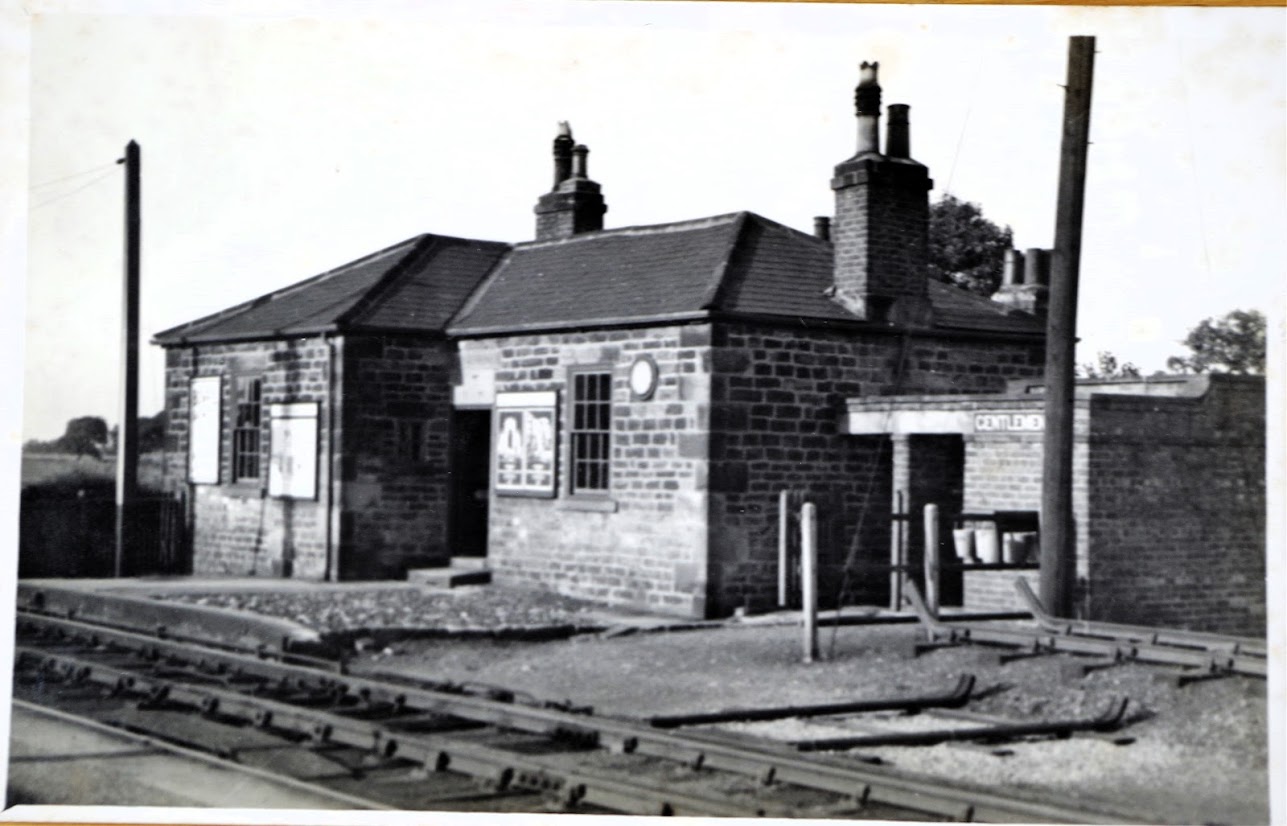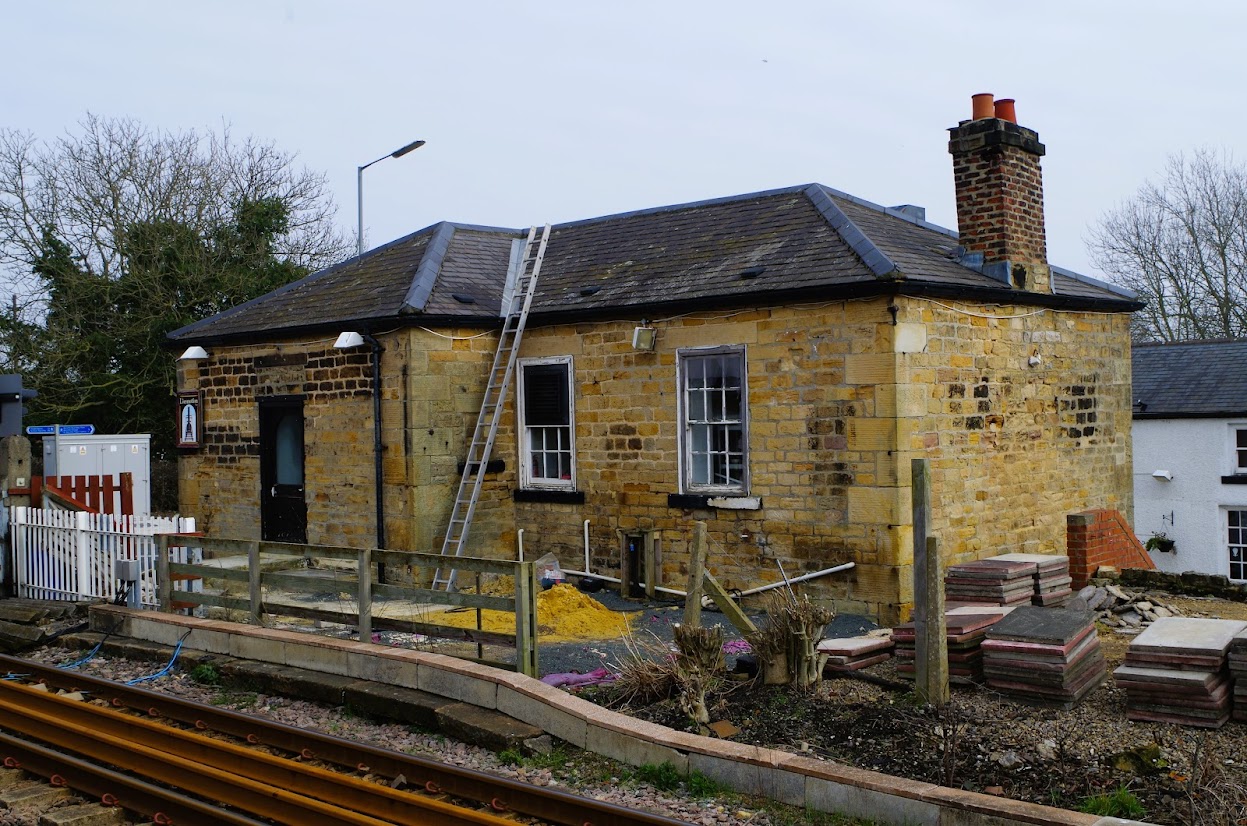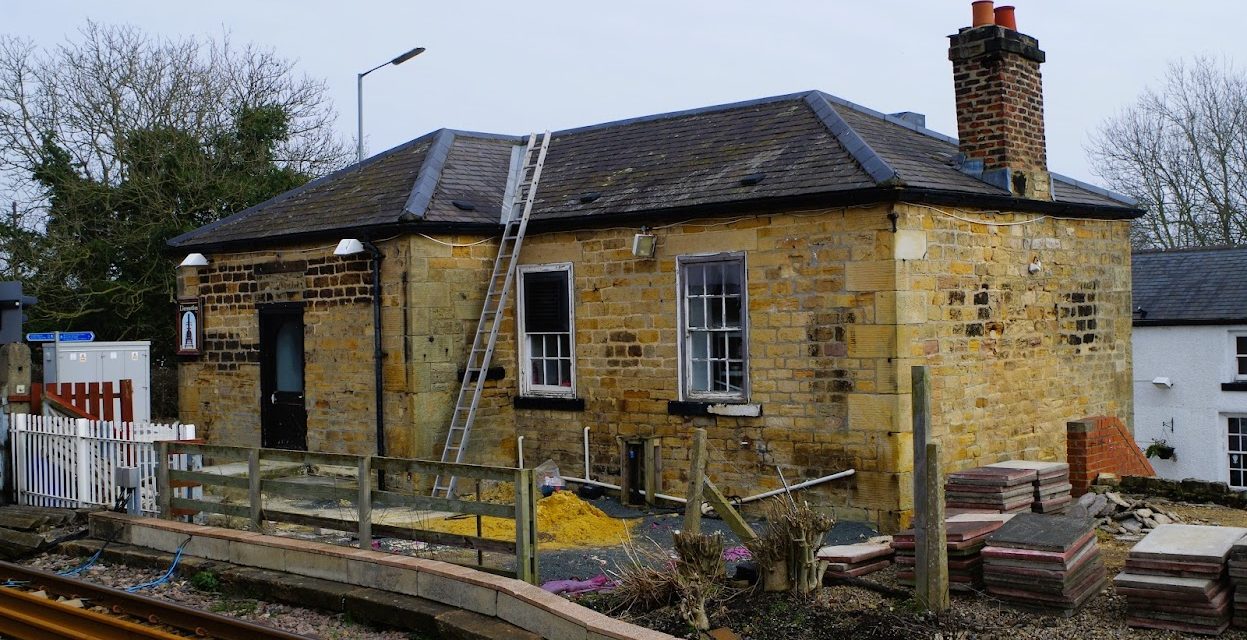An early 19th century building, thought to be the world’s first railway station, has been upgraded to Grade II* by the Department for Culture, Media & Sport on the advice of Historic England.
Heighington & Aycliffe Railway Station in Newton Aycliffe, County Durham was originally listed at Grade II in 1980 in recognition of its role within the early development of the Stockton & Darlington Railway. It was here that George Stephenson’s Locomotion No.1 (then known as Active) was put on the rails in 1825 for the inauguration of the Stockton and Darlington Railway. It was also the site of tragedy three years later in 1828 when the Locomotion’s boiler exploded, killing its driver.
Following new research by Friends of the Stockton & Darlington Railway and Historic England, the building has now been upgraded to Grade II*, elevating it into the top 10% of England’s most important historic buildings.
The building was first thought to date to the mid-1830s, but it has now been revealed that it was actually completed in 1827, which experts believe make it the earliest ever example of a railway station although it was not officially referred to as one until the late 1830s. When the building was commissioned, the concept of the railway station had yet to be developed and its original purpose was to function as a tavern to provide shelter and refreshment for workers and customers at the adjacent coal and goods depot.
However, a newspaper report in September 1827 clearly shows that the building was fulfilling the main functions of what later came to be recognised as a railway station: a stopping point for trains, a building providing shelter for passengers, and a receiving point for unaccompanied parcels and goods being transported by rail. There is also evidence of someone using the site to commute to work.
Furthermore, the incorporation of domestic accommodation could be seen as the forerunner of the station master’s house, a key part of railway stations built throughout the Victorian period.
Sarah Charlesworth, Listing Team Leader for Historic England in the North, said: “It’s amazing to think that this simple building in County Durham helped to inspire a way of travelling that’s used by billions of people across the world. From the humblest single platform station to the vast terminals of St Pancras and the Gard du Nord, they all owe a debt to Heighington & Aycliffe Railway Station.”
Niall Hammond, Chair of the Friends of the Stockton & Darlington Railway CIO, said: “Nearly 200 years ago, the S&DR was the railway that got the world on track, by creating all the fundamental ideas of the modern railway and inspiring a worldwide revolution in transport and communications. It’s fantastic to see this recognised in the new listing upgrade and a just reward for all the in-depth research by Historic England and our own members, especially the late Brendan Boyle.”
The listing upgrade of Heighington & Aycliffe Railway Station forms part of the work of the Stockton and Darlington Railway Heritage Action Zone (S&DRHAZ). This five-year, heritage-led conservation and economic development scheme is a partnership between Historic England, local authorities and other stakeholders. It is part of the build-up to the 2025 bicentenary of the opening of the S&DR, using heritage to bring lasting economic benefit to the region.
The Missing Pieces Project: Uncover hidden histories and highlight overlooked stories. We’d love you to add your story about Heighington & Aycliffe Railway Station. It could be a new photo, your memories of visiting, or something you know about the historic building. You can add photos, drawings, audio, film, or text.
Everything you add is an important piece of the picture. And the more pieces of the picture we have, the better we can celebrate and protect what makes this place special. Become part of the Missing Pieces Project.












